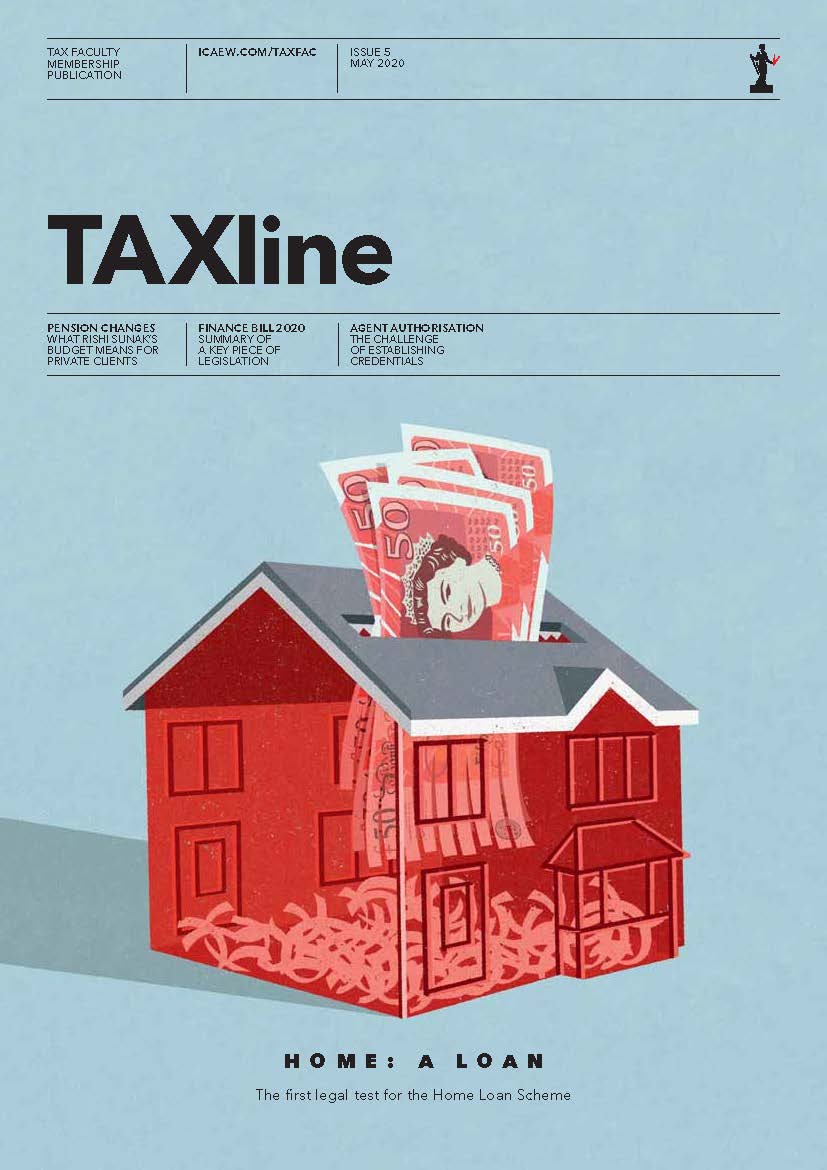The publication of draft legislation follows a consultation on a potential merger of the research and development expenditure credit (RDEC) scheme with the R&D tax relief regime for SMEs in January 2023. A summary of responses to this consultation is available on GOV.UK.
The draft legislation has been issued to allow further technical consultation on the proposed details and runs until 12 September 2023. The new merged scheme could come into force as early as 1 April 2024. However, the introduction of a merged scheme is not yet confirmed and will be decided at a future fiscal event.
It is suggested that this merged scheme will operate in a similar manner to the existing research and development expenditure credit (RDEC) scheme, rather than the SME scheme. The merged scheme will offer a taxable credit, based on a percentage of R&D expenditure, that can be offset against company’s tax liability or, subject to some adjustments, be paid in cash to the business.
The exception to this would be for loss-making R&D intensive SMEs. These companies would be able to continue to claim an additional deduction for R&D expenditure, and where that deduction produces or contributes to a loss, claim a payable credit for that loss.
Rate of relief
The headline rate of relief under the proposals is 20% of R&D expenditure. This translates into a net benefit of 15%, assuming a company pays tax at the 25% main rate of corporation tax.
As set out above, it is envisaged that the current SME regime at Ch 2, Pt 13, Corporation Tax Act 2009 (CTA 2009), will effectively continue for loss-making R&D intensive companies. An R&D intensive company is broadly defined as being where R&D expenditure is 40% of the company’s total expenditure for the purposes of calculating profits chargeable to corporation tax. For those companies, it appears that the additional deduction will remain at 86%, with the rate of payable credit for surrenderable losses being 14.5%.
Subcontracted R&D
Currently, under the RDEC scheme, companies are only permitted to reclaim costs for subcontracted R&D in very limited circumstances. By contrast, the SME scheme is much more generous.
Under a merged scheme, it is proposed that the SME rules will largely be applied. This should allow the costs of most outsourced R&D to be reclaimed (subject to the existing restriction of 65% and overseas costs – see below).
The government would like further discussions to understand how a potential merged scheme could distinguish between ‘normal’ contracts and ‘subcontracted out R&D’, so that those undertaking qualifying R&D are enabled to claim relief, while avoiding double claims.
Overseas costs
As expected, restricting relief for outsourced overseas R&D costs will be introduced. Overseas costs will only be eligible for relief in very limited instances and only where the circumstances needed to perform the R&D cannot be replicated in the UK.
Subsidised expenditure
The definition of subsidised expenditure is still subject to consultation. The government would like further discussions to understand how the subsidy rules would apply in a potential merged scheme. For now, suggested changes to the definition at s1138, CTA 2009 are included in para 9(11)(a) of the draft legislation.
This area has been subject to much debate with the Treasury over recent years. Along with the subcontracted expenditure, this is likely to feature in many consultation responses on the draft legislation. The Tax Faculty and its members would welcome a clearer definition of ‘subsidy’ to try and eliminate the existing uncertainty and litigation in this area.
Loss cap
Both existing schemes limit the amount of relief available to loss-making businesses. The draft legislation proposes that the current, more generous, SME scheme loss cap should be applied. This limits any R&D repayment to £20,000 plus three times the company’s PAYE and NIC bill for the period of the claim.
Have your say
ICAEW will continue to work with HMRC and the Treasury on these matters. Anybody who wishes to input into ICAEW’s response should contact Richard Jones by 31 August 2023.
Read more on R&D
The Tax Faculty
ICAEW's Tax Faculty is recognised internationally as a leading authority and source of expertise on taxation. The faculty is the voice of tax for ICAEW, responsible for all submissions to the tax authorities. Join the Faculty for expert guidance and support enabling you to provide the best advice on tax to your clients or business.
More support on tax
ICAEW's Tax Faculty provides technical guidance and practical support on tax practice and policy. You can sign up to the Tax Faculty's free enewsletter (TAXwire) which provides weekly updates on developments in tax.
Sign up for TAXwireJoin the Tax Faculty

